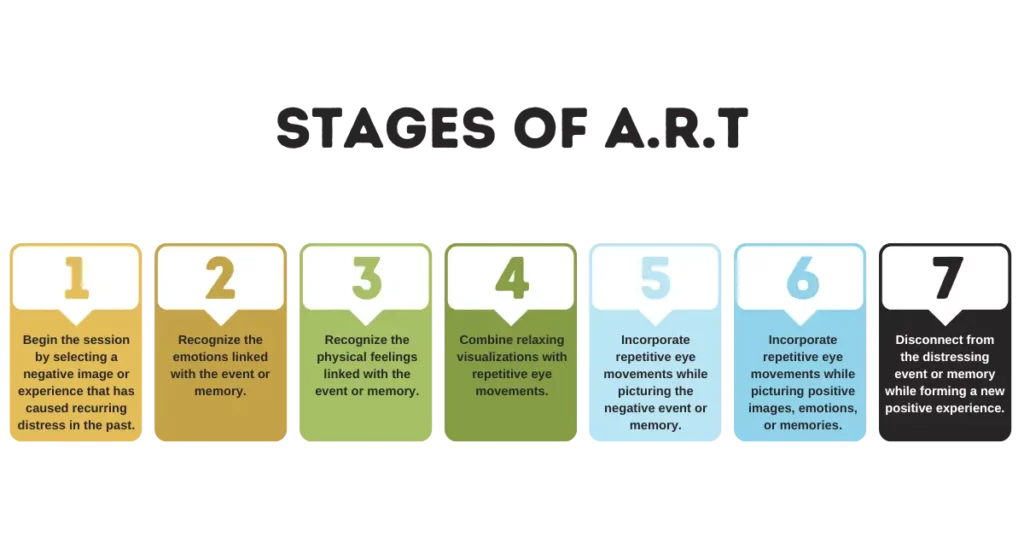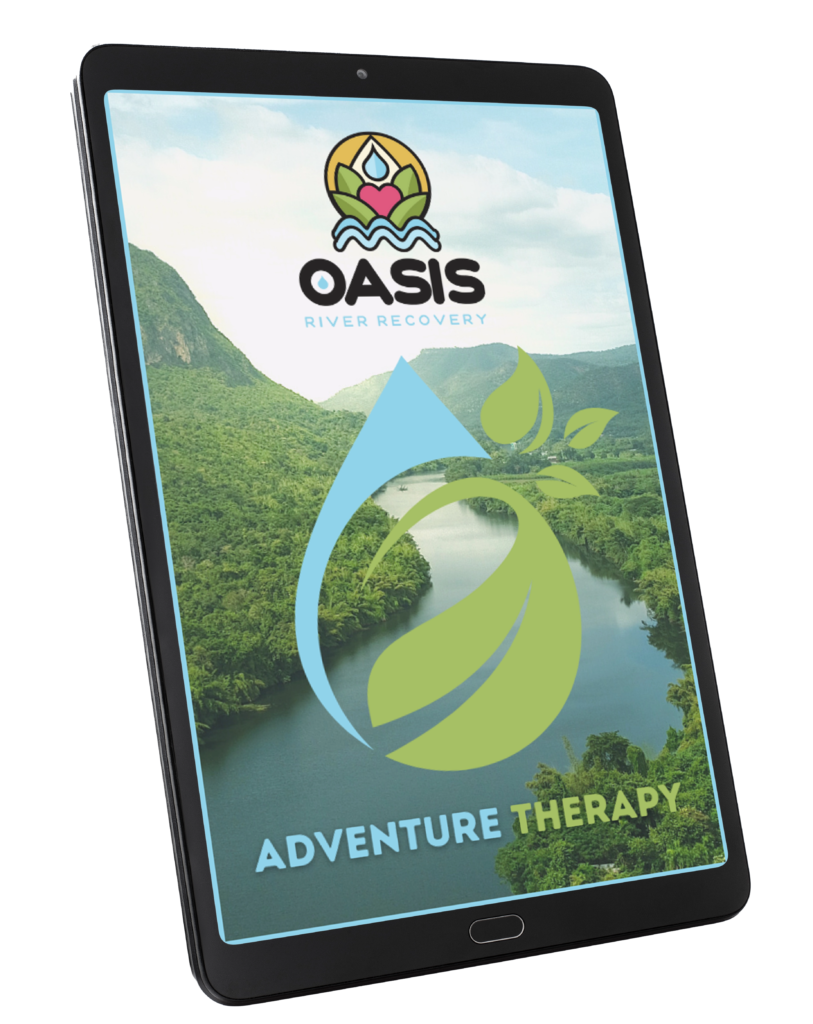TREATMENT THERAPIES
Accelerated resolution therapy (ART) uses rapid eye movement and image visualization to help reduce the symptoms of stress, distressful memories, and other forms of trauma that can lead to addiction and substance abuse.
Addiction and substance abuse can directly result from traumatic memories and negative images from the past. Rather than avoiding or pretending these events didn’t happen, Oasis River Recovery uses ART therapy to process these distressing memories, helping people move on and lead healthier and happier lives.

Accelerated Resolution Therapy (ART) is an evidence-based psychotherapy method that helps reprogram distressing memories stored in the brain, so they no longer trigger panic attacks, substance abuse, and other unhealthy coping mechanisms. ART therapy shouldn’t be confused with painting, sculpting, drawing, or using art in therapy. While that process works as a way to express emotions artistically, ART therapy uses guided imagery and eye movements to rewrite painful experiences. This process, known as re-scripting, helps people learn new perspectives on past negative images, which can change the feelings attached to memories.
ART is similar to eye movement desensitization and reprocessing (EMDR). Both types of therapy use guided visualization to target stressful events but differ in their steps. EMDR allows the client to say whatever comes to mind as they visualize the event, while ART gives specific instructions and structured steps to process the memory. ART usually focuses on rescripting one stressful event during each session, whereas EMDR can revisit the same memory as many times as necessary.

During a typical ART therapy session, a mental health professional will have you visualize either an event that causes distress or a metaphor similar to the event. The therapist will have you follow their hand as they move it side to side while they ask you to think about or describe the negative image or traumatic event. As this happens, your mind begins to process the memory and disturbing feelings using the same biological mechanisms involved in rapid eye movement (REM) sleep.
Narration is not required, so you don’t need to talk about the event aloud if you don’t want to. Lastly, the therapist will have you imagine what you wish would have happened in the traumatic memory rather than what actually happened. As the therapist’s hand moves side to side, imagery that brings on negative emotions can be replaced with visualizations that inspire positive images and emotions.

Oasis River Recovery strives to provide a unique recovery program unlike anything offered in the area. By incorporating evidence-based treatment, experiential therapy methods, and holistic healing modalities, we've created a program that blends into our location's natural beauty
If you cut your hand, your body works to close the wound by sending blood clot cells to form a scab. If a foreign object irritates or prevents the wound from healing, it can worsen and cause more pain. The same process works with Accelerated Resolution therapy.
Once the block (traumatic experience) is removed, your mind can start to heal itself. For addiction treatment, once these disturbing events are processed and healed, you’ll have an easier time overcoming substance abuse coping mechanisms. Although Accelerated Resolution therapy is still relatively new, many studies prove it’s an effective psychotherapy method to treat emotional events, including post-traumatic stress disorder.

If you or someone you know is interested in accelerated resolution therapy, reach out to Oasis River Recovery today. Accelerated resolution therapy’s structured and specific approach can achieve rapid recovery from symptoms, coping mechanisms, and triggers that make life difficult.
Clients in accelerated resolution therapy don’t need to visualize distressing memories outside the session and quickly find relief. Once the painful memory is healed, you can even feel empowered by the experiences that once overwhelmed you.